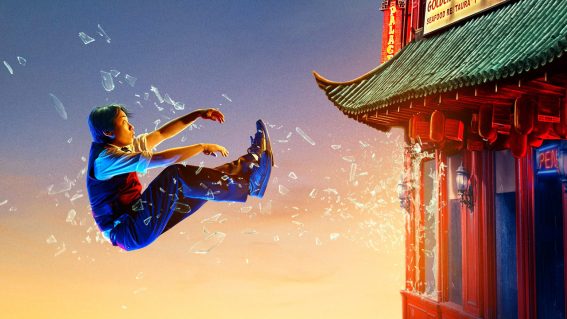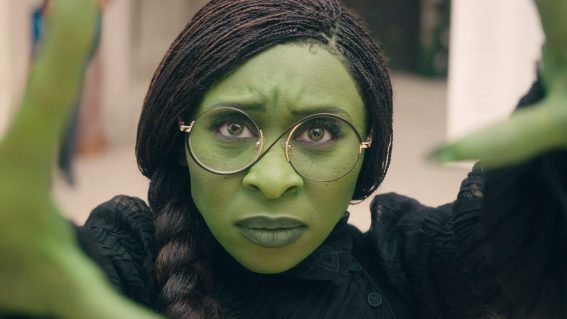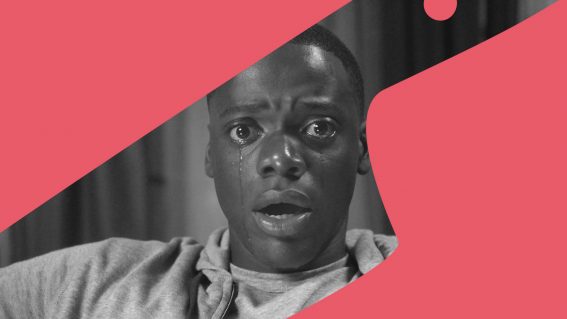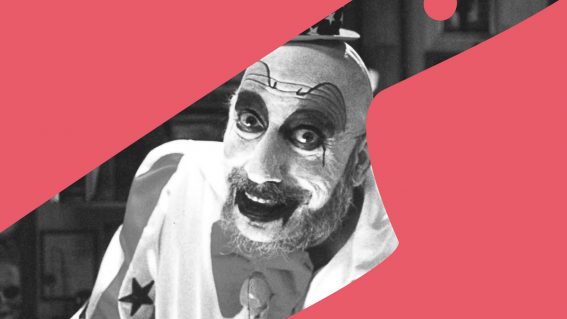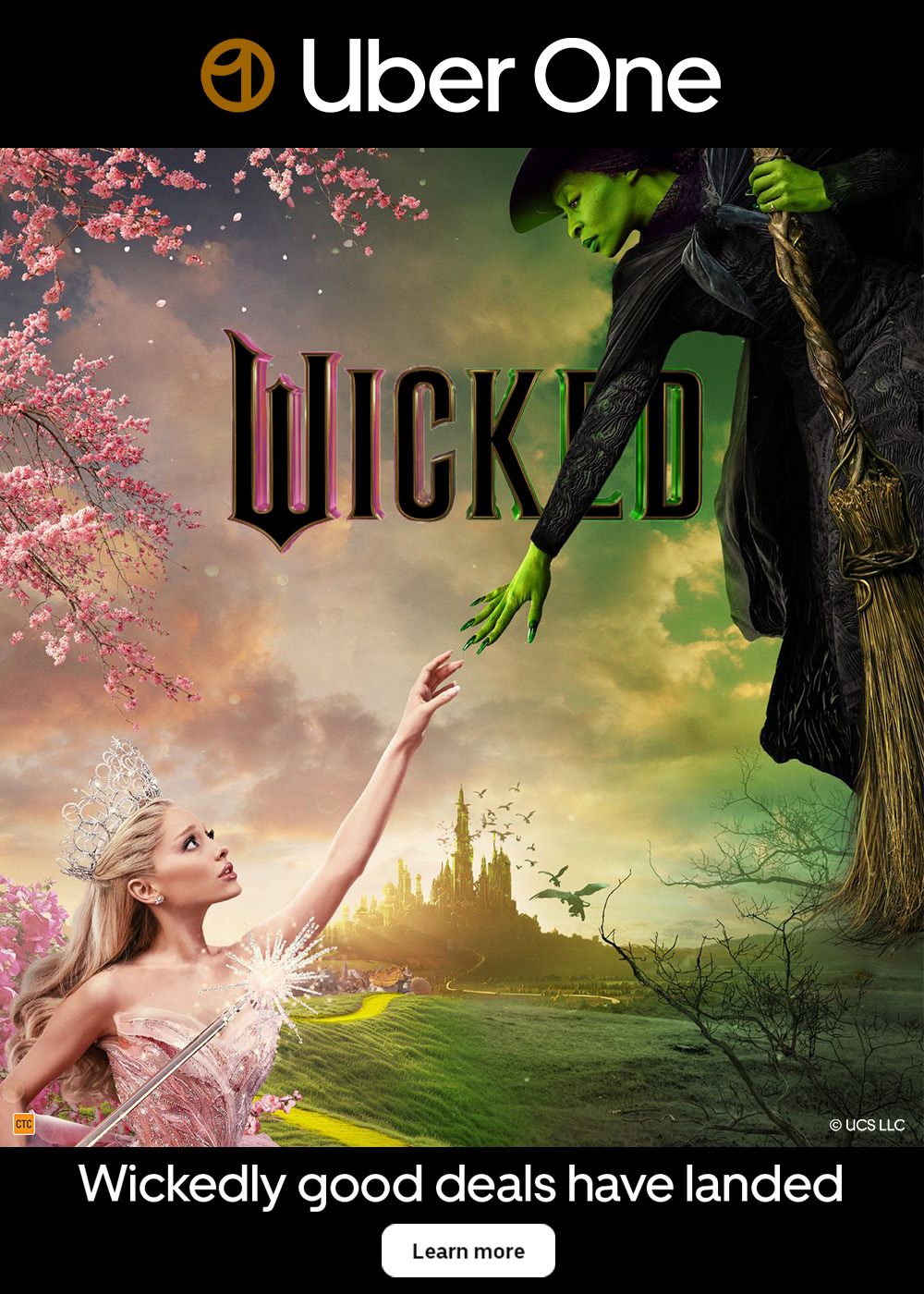The dodgy politics and right wing fantasies of the Rambo movies
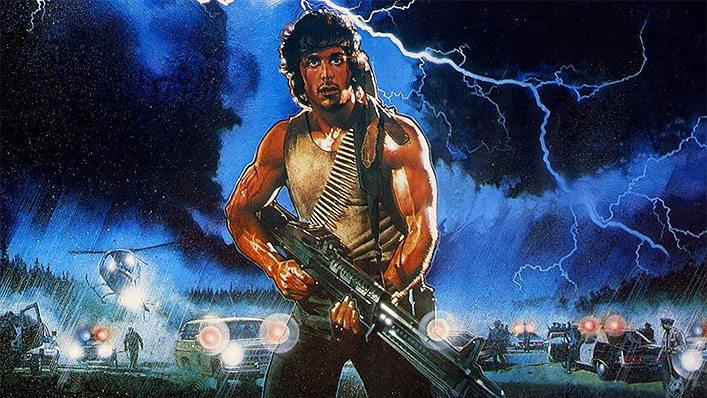
Rambo: Last Blood is the latest in a series of films, writes Travis Johnson, that embrace right wing politics and nakedly pander to the worst fantasies of American xenophobia.
People are appalled at the perceived right wing, nationalist politics than underpin Rambo: Last Blood, the latest and allegedly last film in Sylvester Stallone’s hyperviolent action franchise.
In his latest foray into ferocity, Sly’s PTSD-addled Vietnam veteran takes aim at a cabal of Mexican sex slavers – a worthy enough target for termination, you might think, but in the language of the film they are the living embodiment of Trump’s border-crossing boogeymen who are “…bringing drugs. They’re bringing crime. They’re rapists.” And Last Blood’s climactic siege sequence is pretty obvious wet dream material for every Arizona militia member who fantasises that he’s the last line of defence against the swarthy barbarian hordes to the south (listen to Rambo’s closing voice-over speech if you don’t believe me).
Which is all very #problematic, but it’s also the point. The Rambo movies are right wing fantasies, as almost all action movies are right wing fantasies to some degree or another. They just don’t disguise their small-government, pro-gun, might-makes-right position under MCU masks or other cultural ephemera (even the multicultural criminal family of the Fast and the Furious franchise are now deniable assets working for Kurt Russell’s avuncular spook). The Rambo flicks are at least honest about it, and they have been since… oh, let’s say 1985.
It wasn’t always this way, though. Released in 1982 and based on David Morell’s 1972 novel, Ted Kotcheff’s First Blood is a far more thoughtful film than the reputation of the franchise might suggest, and its protagonist is both more damaged and more human than his later portrayals. Stallone’s John Rambo is an inarticulate drifter weighed down with the psychological burden of his military service and unable to reintegrate into the civilian world. Arrested by Brian Dennehy’s cautious, conservative cop and beaten by a sadistic deputy, he snaps and fights his way free, setting off a small, brutal guerilla war in backwoods Washington State.
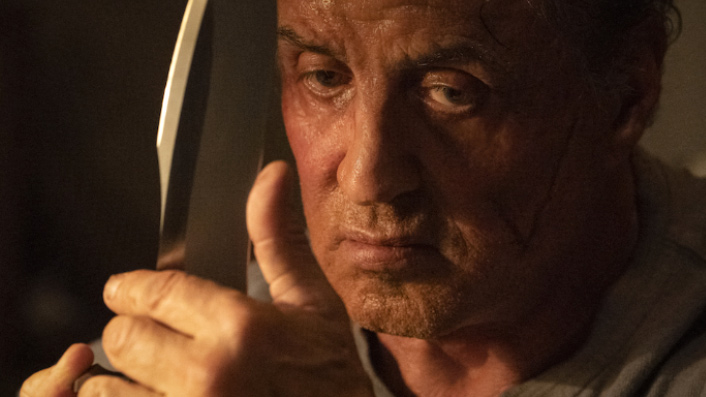
First Blood is, if anything, notably anti-authoritarian, and in retrospect read as somewhat libertarian. Its villains are authority figures, its hero a social outcast, its view of the government and military very jaded, its conclusions ambiguous. In retrospect, it’s rather weird that First Blood initiated a four decade action franchise. From a historical viewpoint, it comes at the tail end of a slew of social dramas about returned servicemen (Coming Home, Cutter’s Way, et al) and predating the mid ‘80s trend of “realist” takes on the war itself (Platoon, Full Metal Jacket, Hamburger Hill). Who knew what a difference three years would make?
Rambo becomes a Regan-era patriot
Released in 1985, Rambo: First Blood Part II is perhaps the defining film of the Reagan administration, rivaled only by Tony Scott’s Top Gun, which was released the following year. Gone was Rambo’s ambivalence towards his country; indeed, while some of the lesser villains of the film are devious government agents (notably Charles Napier’s Murdock), the film takes pains to delineate between them and the U.S. as a country. Rambo is now revealed to be super-patriotic, and the wounds and traumas he bears reframed as a necessary burden in service to such a great nation. “I just want our country to love us as much as we love it.” He laments philosophically.
At another point he asks his old commander, Colonel Trautman (Richard Crenna) “Do we get to win this time?” before he’s sent back in country to find evidence of American POWs still captive in Vietnam. The film answers with a resounding “Yes!” and the main joy to be derived from the ensuing carnage is seeing Rambo effectively re-fight the war and come out on top (tacitly blaming both hidebound pencil-pushers and an unsupportive civilian population for losing it the first time).
This being the height of the Cold War, Rambo also effectively defeats the USSR by proxy. He obliterates two sneering Russian “advisors” (Steven Berkoff and Voyo Goric) in the course of his campaign, meaning the U.S. retroactively wins not only the proxy war that was Vietnam, but the Cold War in toto. Not bad.
The Cold War delivers an endless supply of villains
The thing about the Cold War was that it offered not only the ever-present threat of total nuclear destruction, but an endless supply of villains for John Rambo to obliterate – if only they’d managed to bang out Rambo III and maybe IV a bit quicker, the producers might have been able to better take advantage of the Evil Empire that was so perfectly positioned to march its footsoldiers into Stallone’s machinegun fire.
Luckily for history, but unluckily for the Rambo franchise, the Soviet Union was winding down at exactly the same time the Rambo movies were set to arc up. 1988’s Rambo III, which sees the taciturn terminator off to Soviet-occupied Afghanistan to rescue his old buddy, Colonel Trautman, famously opened in cinemas 10 days after the USSR withdrew its troops, leaving Rambo once again fighting a war that was already over.
The thawing Cold War meant that the Red Menace as a whole was no longer a suitable threat for our troubled hero. Aalthough you would have thought that the dissolution of the USSR on December 26, 1991 might have supplied plenty of opportunities for obliteration, with no dearth of rogue generals, opportunistic mafiya bosses and committed Cold Warriors springing up across Eastern Europe.
Rambo’s allies become unintentionally hilarious
Tonally, Rambo III feels more like a “franchise” picture” than any other in the series. It’s knowingly jokey, at times wandering into buddy movie territory, and as a character Rambo is at his most relaxed and comfortable with his role as unacknowledged sharp end of American foreign policy. Sure, he has to be nudged into action by yet another shadowy CIA agent (Kurtwood Smith), but once he’s “in country” he seems pretty chill about the notion of taking on the entire Soviet military machine with the help of a few doughty Afghan freedom fighters.
Certainly, the last 30 years of real world history have rendered Rambo’s choice of allies in this one unintentionally hilarious. But as a film Rambo III seemed to be maneuvering us into a position where we could expect a new Rambo adventure every year or three, with Stallone a jacked-up James Bond striking down America’s enemies wherever they might dwell.
Alas, it was not to be, and it was 20 years before Stallone tied on his headband once more for a fourth outing in the eponymously and confusingly named Rambo (2008). Casting around for a suitable enemy, Stallone and his co-writer, Art Monterastelli, landed upon the Burmese military junta that had seized control of the country in 1988 and were now merrily heaping horrible atrocities upon the civilian population in general and the Karen ethnic minority in particular. Hired to guide a group of American missionaries (Julie Benz’s empathic Madonna figure chief among them) upriver, Rambo is soon once again raining hell on khaki-clad Asian sadists, a creative choice that aligns the film with First Blood Part II, the most financially successful of the series.
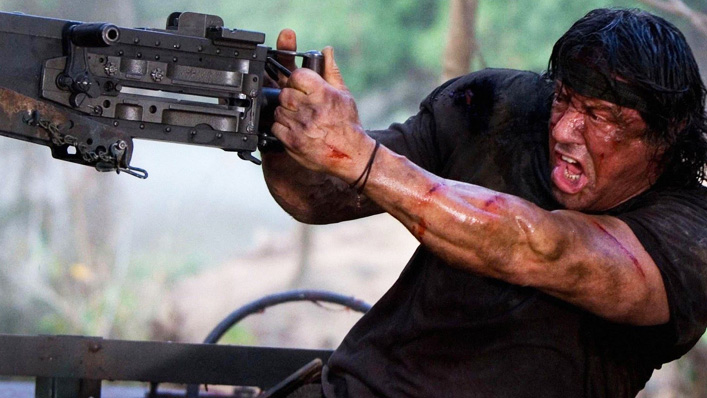
Rambo seems to have figured out that, for the general audience, the politics of the scenario are less important than the actions of the villains. Rambo simply needs to up against the Worst People in the World in order to justify unleashing his own brand of horrific violence. So, while a rudimentary grasp on the internal politics of Burma might be nice to have, all we really need is to see evil Major Pa Tee Tint (Maung Maung Khin) and his men tossing a baby into a bonfire or forcing prisoners to sprint across muddy minefields for their amusement – these guys deserve what’s coming to them, and what’s coming to them is horrible.
Rambo loves America but has some…caveats
Another interesting element of Rambo is the almost complete absence of benign authority – a continuance of the series’ libertarian ethos. Rambo loves America, but he doesn’t have much time for its political apparatus – after all, that’s what sent him off to ‘Nam in the first place and hassled him into psychosis when he came home.
In the fourth film, our sympathetic victims are civilian missionaries, while the team Rambo assembles to rescue them are mercenaries – non-military operatives wielding military force. At one point Rambo advises a naïve pastor that unless he’s bringing weapons to his oppressed flock, “You’re not changing anything.” It’s an endorsement of NRA principles so ringing it belongs on a bumper sticker.
The whole thing comes to a suitably bloody apotheosis in Last Blood, which sees our hero for all intents and purposes singlehandedly vanquishing a Mexican incursion onto American soil with nothing but his native cunning, his prodigious brawn, and enough explosives to put a Dodge minivan into low orbit.
Critics have savaged Last Blood more than Rambo savages its lead villain, but thematically and aesthetically, this is the culmination of all that has gone before: the confused love of country and mistrust of its government; the characterisation of its villains us an undifferentiated, irredeemably evil horde; the fetishisation of both the tools of warfare and the perceived right to use them; the violence, the gore, the sheer brutality. While the film’s naked pandering to the worst fantasies of American xenophobia might be, to coin a phrase, deplorable, let’s face it: by the series’ own lights, we could hardly expect anything else.


